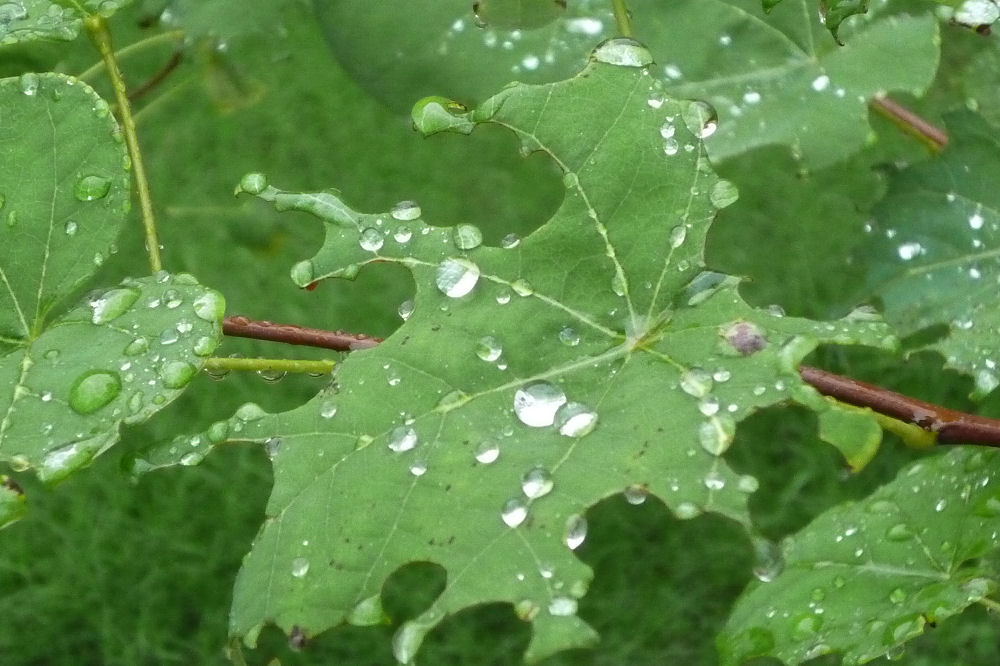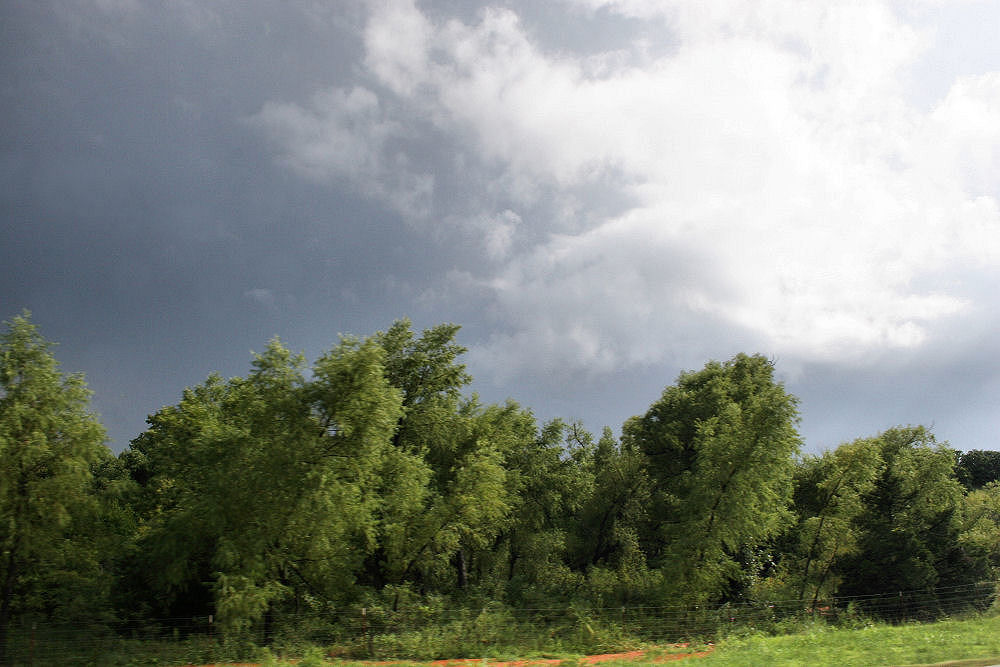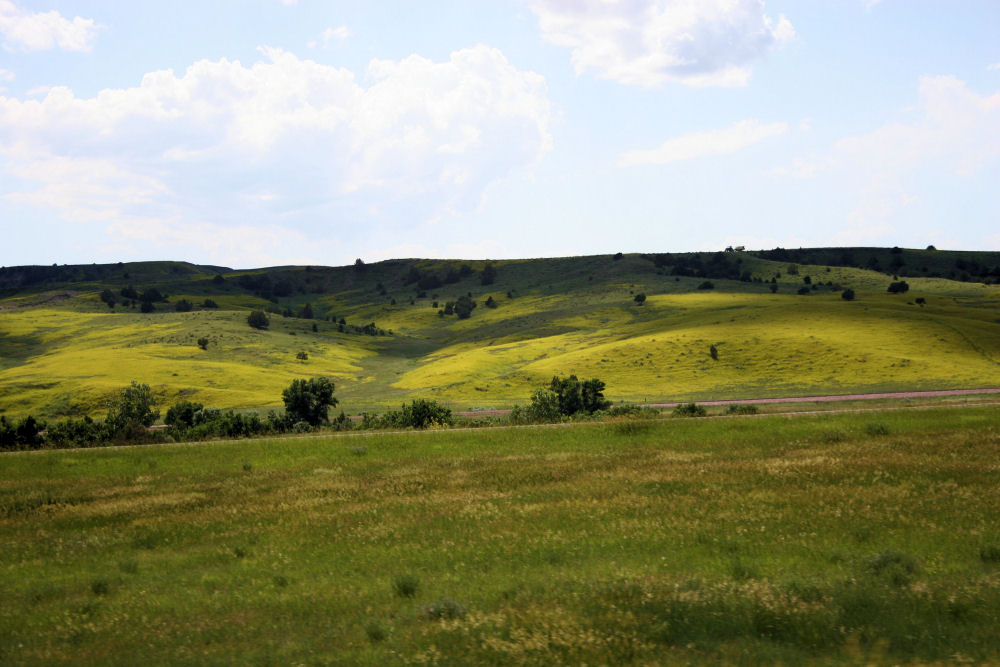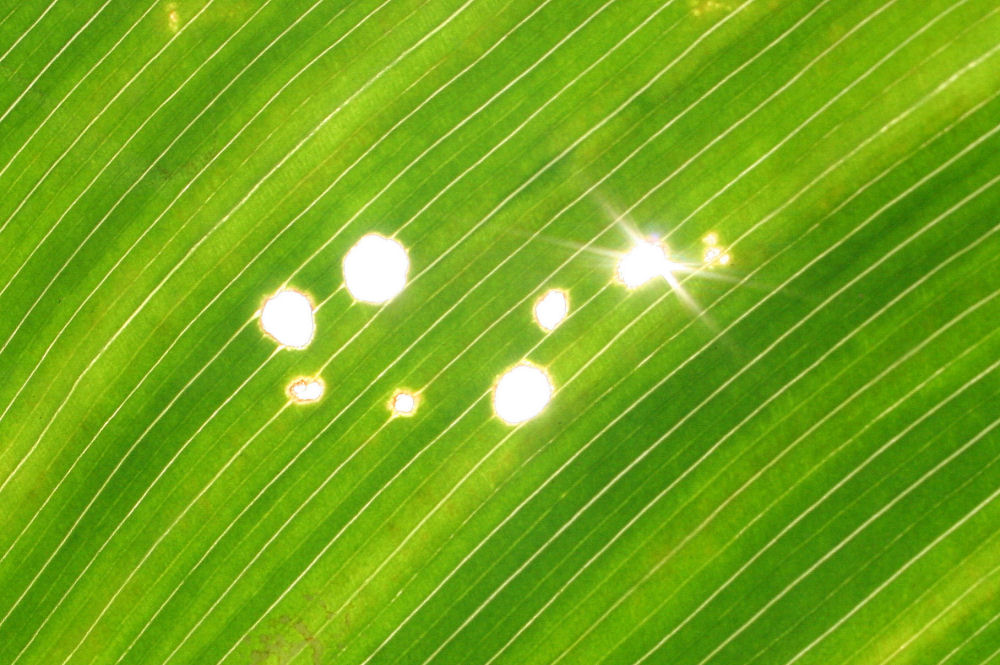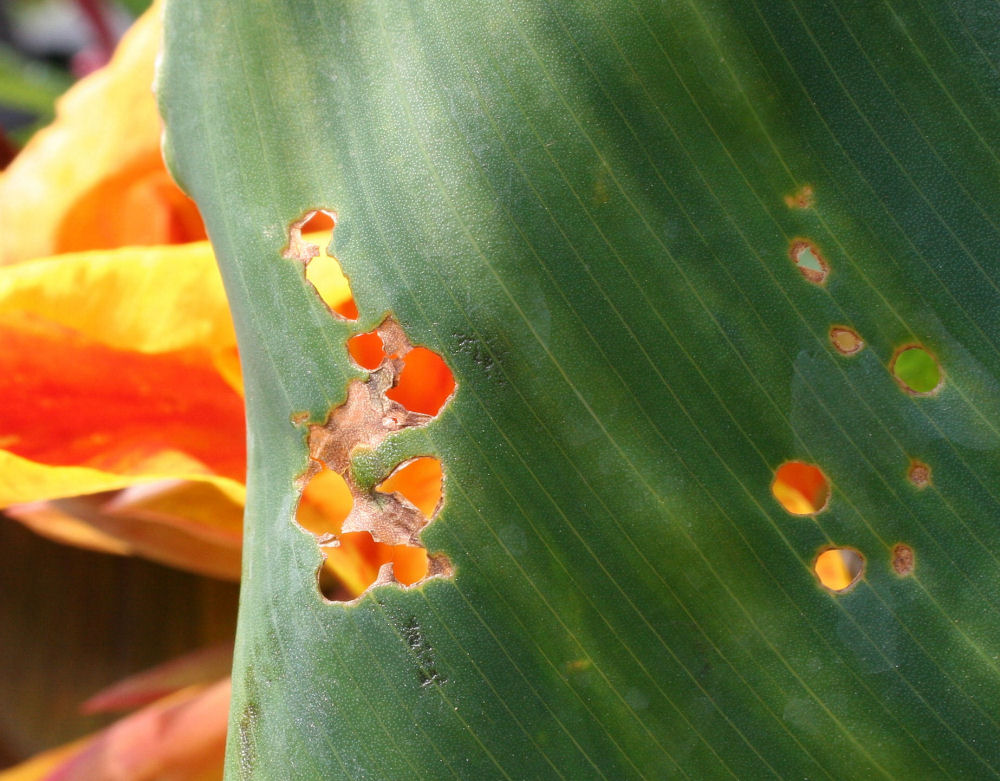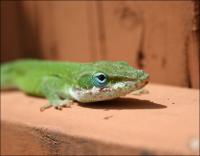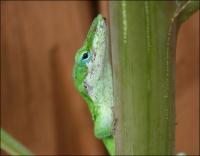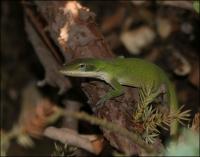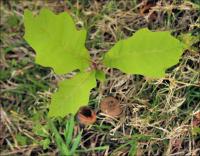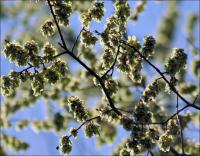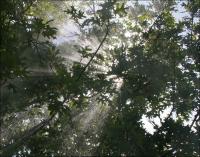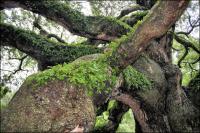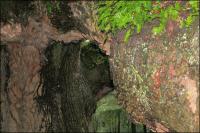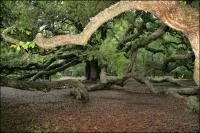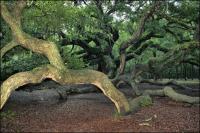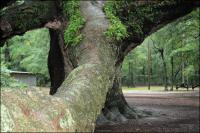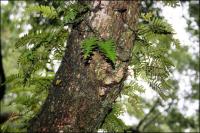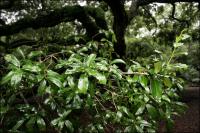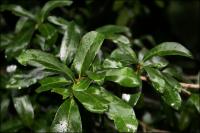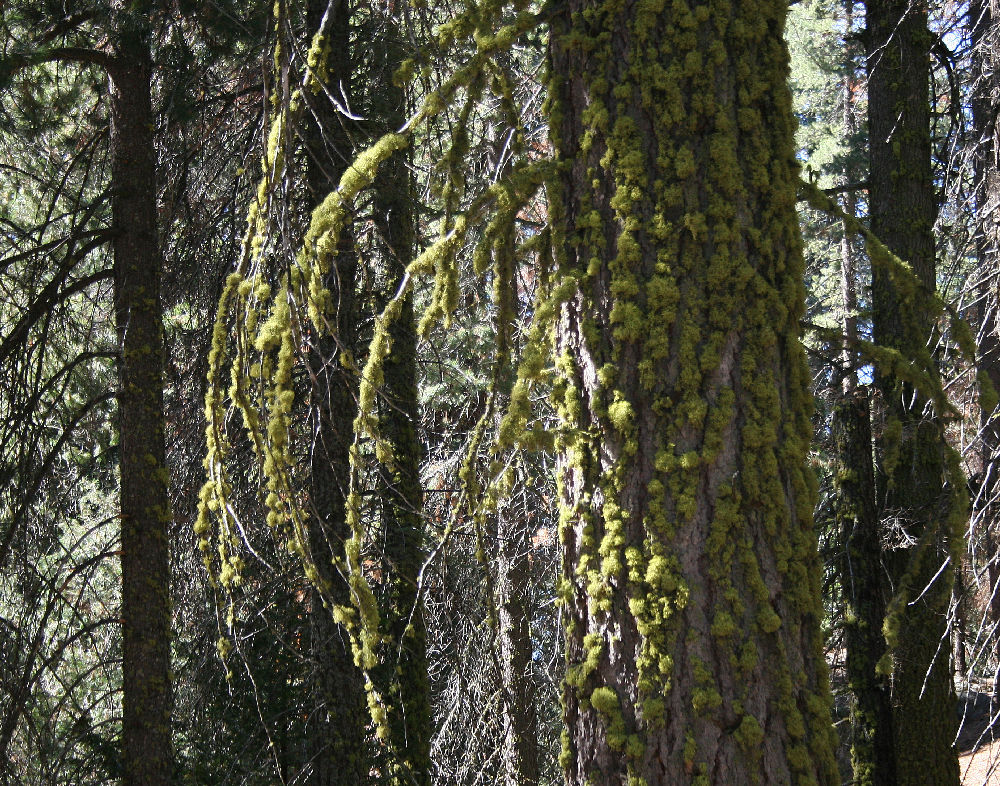Date: September 1st, 2009 | Comments : none | Categories: beach, Canada, Environmental issues, Green, Ontario, Unusual Interest, Urban and Provincial Parks.
Date: August 27th, 2009 | Comments : none | Categories: Elements, Green, Landscape, Oklahoma, Seasonal, Sky, Storms, Summer, Travel USA, Trees, USA.
Date: June 24th, 2009 | Comments : none | Categories: Flowers, Green, Landscape, Seasonal, Summer, Travel USA, USA, wildflowers, yellow.
Date: May 28th, 2009 | Comments : none | Categories: abstract, Design, Garden, golden light, Green, Leaves, Seasonal, Summer, Texas, Unusual Interest.
_______________________________________________________________________________
Artist: Anonymous Caterpillar
Dimensions: each hole approximately knee-high to a grasshopper
Medium: Mixed media; Canna leaf, Chlorophyll, Sunlight, etc.
Priceless
Date: May 23rd, 2009 | Comments : none | Categories: Dallas, Garden, Green, Heart Shapes In Nature series, Leaves, Seasonal, Series, Summer, Texas, Trees.
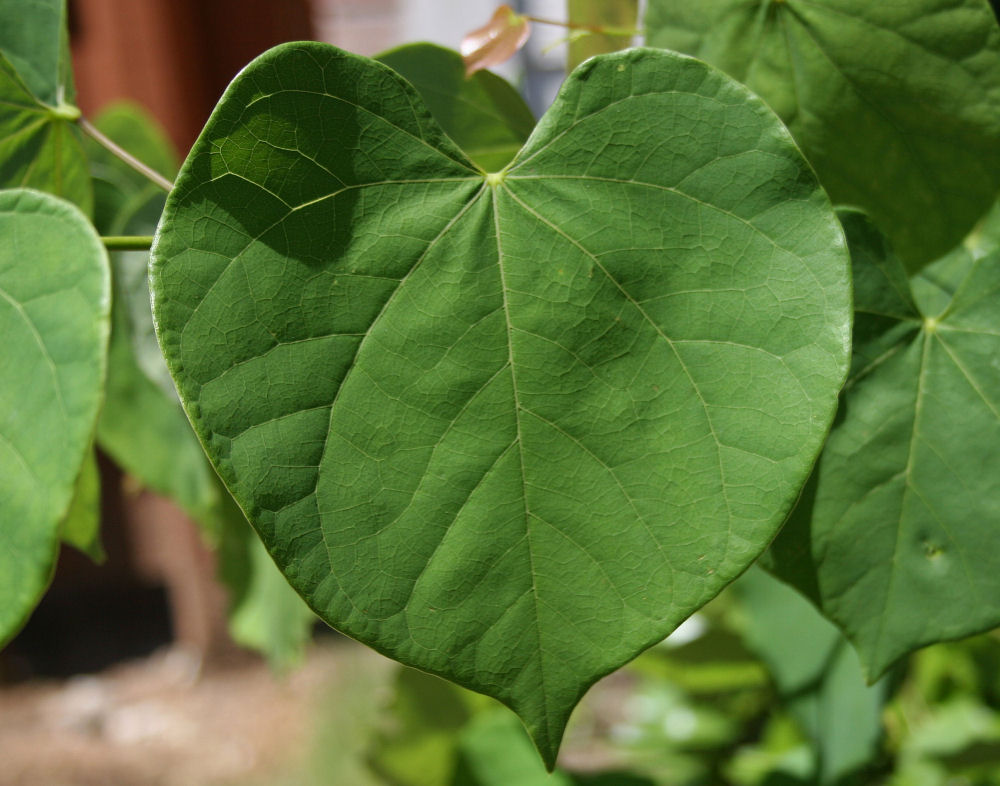 Somerset Maugham said, “There is never enough time for love and art”.
Somerset Maugham said, “There is never enough time for love and art”.
To elaborate:
There is not enough time for love of trees and art.
Date: May 9th, 2009 | Comments : none | Categories: Design, Flowers, Garden, Green, Insects, Leaves, Seasonal, Summer, Texas, USA, yellow.
Date: April 19th, 2009 | Comments : none | Categories: Animals, Anoles, Garden, Green, Reptiles, Seasonal, Series, Texas.
Date: April 18th, 2009 | Comments : none | Categories: City Streets, Dallas, Design, Elements, Garden, Green, Leaves, Seasonal, Spring, Texas, Trees.
Date: February 25th, 2009 | Comments : none | Categories: conservation, Environmental issues, Green, Historic significance, issues, petition, Seasonal, Series, South Carolina, Summer, Travel, Travel USA, Trees, Unusual Interest, Urban and State Parks, USA.
Update – originally posted September 11, 2008
~
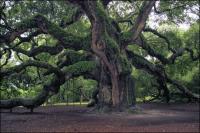


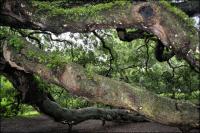

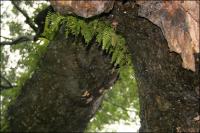
This set of photos honors the efforts of a petition to halt construction on John’s Island, South Carolina that would have encroached on an area of land boasting an Oak tree estimated to be between 300 and 400 years old.
Charleston, SC is proud of its heritage and respected for its commitment to preserving history in the area. Thanks to individuals rallying together and signing a petition, we are reassured that small efforts can and do make a difference on this planet. The land surrounding the Angel Oak is no longer in jeopardy. 17 acres were purchased by Lowcountry Land Trust, protecting the area adjacent to the tree.
Initially I wrote a longer article promoting the petition and website, which is no longer active. There were pages of exclamations by tourists who have visited the area specifically to see the Angel Oak, and interesting comments and pleas from residents who have fond memories of climbing the branches as children, and whose children now do the same. A nearby elementary school carries its’ name.




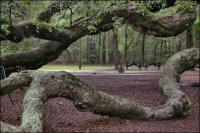

During the summer of 2008, my husband and I drove through South Carolina and took a short detour to John’s Island because I had heard of the tree and was very curious to see it. We drove through wicked rains at the edge of Tropical storm Faye, so when we arrived at Angel Oak park no one else was there. The tree trunk and lower branches are so immense, many have been propped up with stakes and heavy cables here and there, which is a little intrusive for photo-taking, but obviously necessary. Growth is spread outward more than upward, occupying an enormous space at least 150 feet wide.
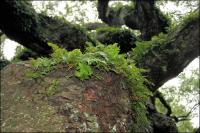
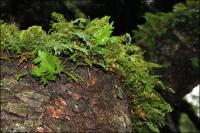
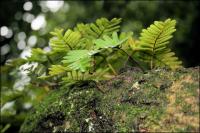
According to after the Category 5 Hurricane Hugo hit the coast of in 1989, Governor Carroll Campbell is reported to say that the storm destroyed enough timber in South Carolina to frame a home for every family in the state of West Virginia. All those trees and forests obliterated, yet The Angel Oak survived. It has since healed injuries inflicted by Hurricane Hugo.
Date: November 16th, 2008 | Comments : none | Categories: Design, food, Fruit, Garden, Green, pink, Seasonal, Series, Summer, Texas, USA.
___________________________________________________________________________
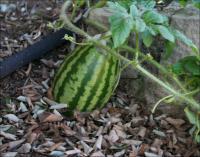
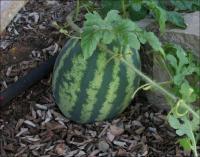
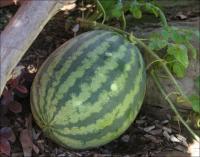 One of the fun things about gardening is that you can never predict the exact outcome of a planted seed. Even seedless things insist on having seeds in them sometimes. Such was the case with the mother of this watermelon, apparently seedless, it had only one. This series of photos were taken on Sept.19th, 25th, Oct. 25th and 27th, and Nov. 16th (2008).
One of the fun things about gardening is that you can never predict the exact outcome of a planted seed. Even seedless things insist on having seeds in them sometimes. Such was the case with the mother of this watermelon, apparently seedless, it had only one. This series of photos were taken on Sept.19th, 25th, Oct. 25th and 27th, and Nov. 16th (2008).
Date: November 15th, 2008 | Comments : none | Categories: fruit and veggies, Garden, Green, Leaves, Seasonal, Summer, Trees, USA.
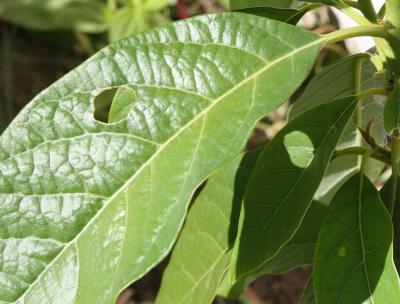 I haphazardly plunked a few avocado pits into the soil six years ago and one of them is now over seven feet high. However, it’s too close to the house and if I had known it would grow three feet in height and width this past summer I would have transplanted it somewhere smarter early last Spring.
I haphazardly plunked a few avocado pits into the soil six years ago and one of them is now over seven feet high. However, it’s too close to the house and if I had known it would grow three feet in height and width this past summer I would have transplanted it somewhere smarter early last Spring.
In the South there are no basements and the foundations of houses are more susceptible to cracking and deterioration; maintenance and prevention is critical. Now, Avocados are supposed to develop fruit the seventh year…this one possibly next year. What to do? Should I move it next Spring to some location with completely different light and soil conditions and risk it dying, or allow it to do what it will and perhaps enjoy a few home-grown avocados (a dream come true for a northern gardener), knowing that next year’s roots will be anticipating serious business as far as where they establish themselves…most likely in our foundation and the accompanying sprinkler system. The best decision is to move it sooner than later. We may not live here long enough to enjoy the fruits of our labor, but hopefully this tree will reestablish itself and produce fruit sometime soon, and it’s cool to think that someone – whoever, whenever – will enjoy fresh avocados from it.
Date: November 14th, 2008 | Comments : none | Categories: Autumn, food, fruit and veggies, Garden, Green, Seasonal, Series, Texas, USA.
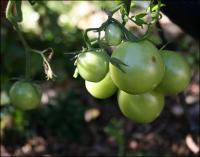 If you can grow tomatoes in Texas, I figure you can grow anything. If the plants manage to survive Summer’s 105* F heat they will still not produce tomatoes on those leggy vines until November.
If you can grow tomatoes in Texas, I figure you can grow anything. If the plants manage to survive Summer’s 105* F heat they will still not produce tomatoes on those leggy vines until November.
One day in July when I was outside tending to yard work, my neighbor came shrieking out of her yard with a tone higher than her usual typically high octave that native Texan women have. All the fuss was about a tomato presenting itself in her garden, and she was mighty excited about it. She told me that someone told her that someone else told them that throwing used coffee grounds on the base of the plant will do the trick. I had heard about putting coffee grounds on rose bushes and do know the goodness that composting provides, but for fear of attracting snakes, rats or scorpions into my yard – which I’ve never seen but apparently they exist here – I have not kept a compost at all in this garden. I’m not fond of the idea of Snake Surprise. Anyway, coffee grounds have regularly been sprinkled on the tomato patch since July, plus this particular plant was propped up onto a bird bath stand. It’s November on the verge of frosty nights and the fruits are looking quite healthy. Next year the tomatoes will have the advantage of this years’ supply of the ol’ Texas coffee-ground-trick a lot earlier in the growing season. I can hardly wait for next year’s giant tomatoes to appear in June.
Date: October 13th, 2008 | Comments : none | Categories: California, forest, Green, Summer, Travel, Travel USA, Trees, Urban and State Parks.
Date: September 19th, 2008 | Comments : none | Categories: Animals, Anoles, Autumn, Dallas, Garden, Green, Reptiles, Seasonal, Smile, Summer, Texas.
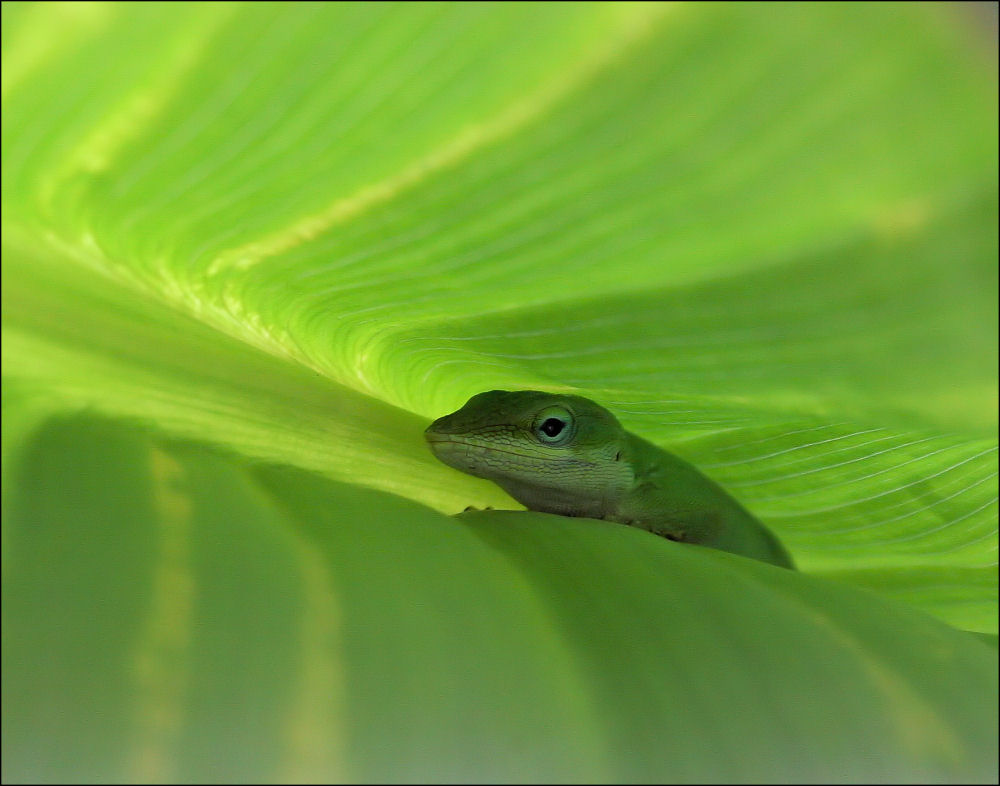 We were away for two weeks and forgot to turn the sprinkler system on before leaving, so I thought the Green Anoles might have moved to greener pastures. Fortunately they are still thriving; here one is staying cool and safe inside a large Canna Lily leaf, a leaf that I nearly cut off while clearing out dead and dying plants.
We were away for two weeks and forgot to turn the sprinkler system on before leaving, so I thought the Green Anoles might have moved to greener pastures. Fortunately they are still thriving; here one is staying cool and safe inside a large Canna Lily leaf, a leaf that I nearly cut off while clearing out dead and dying plants.
Site Search
Meta
